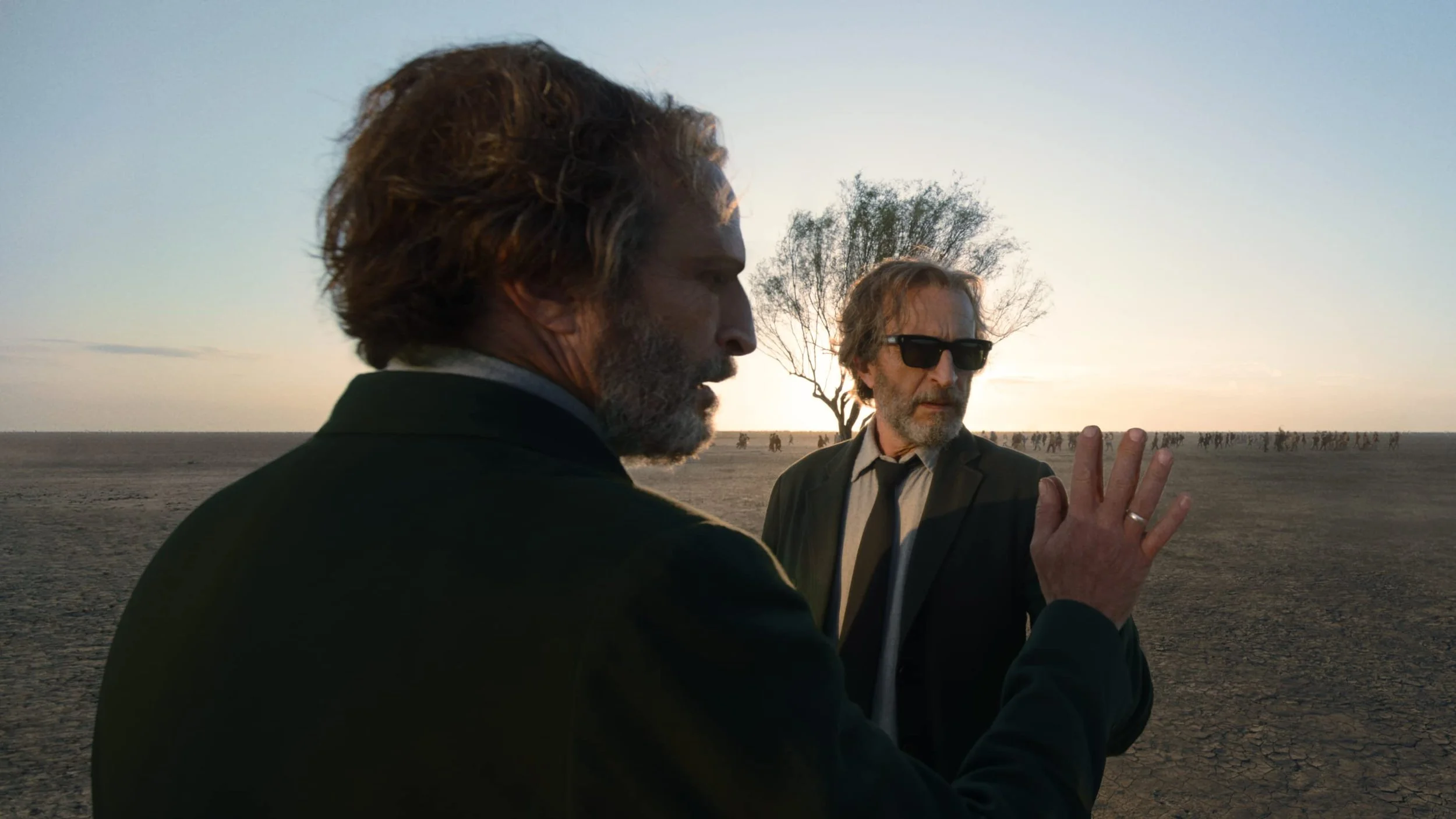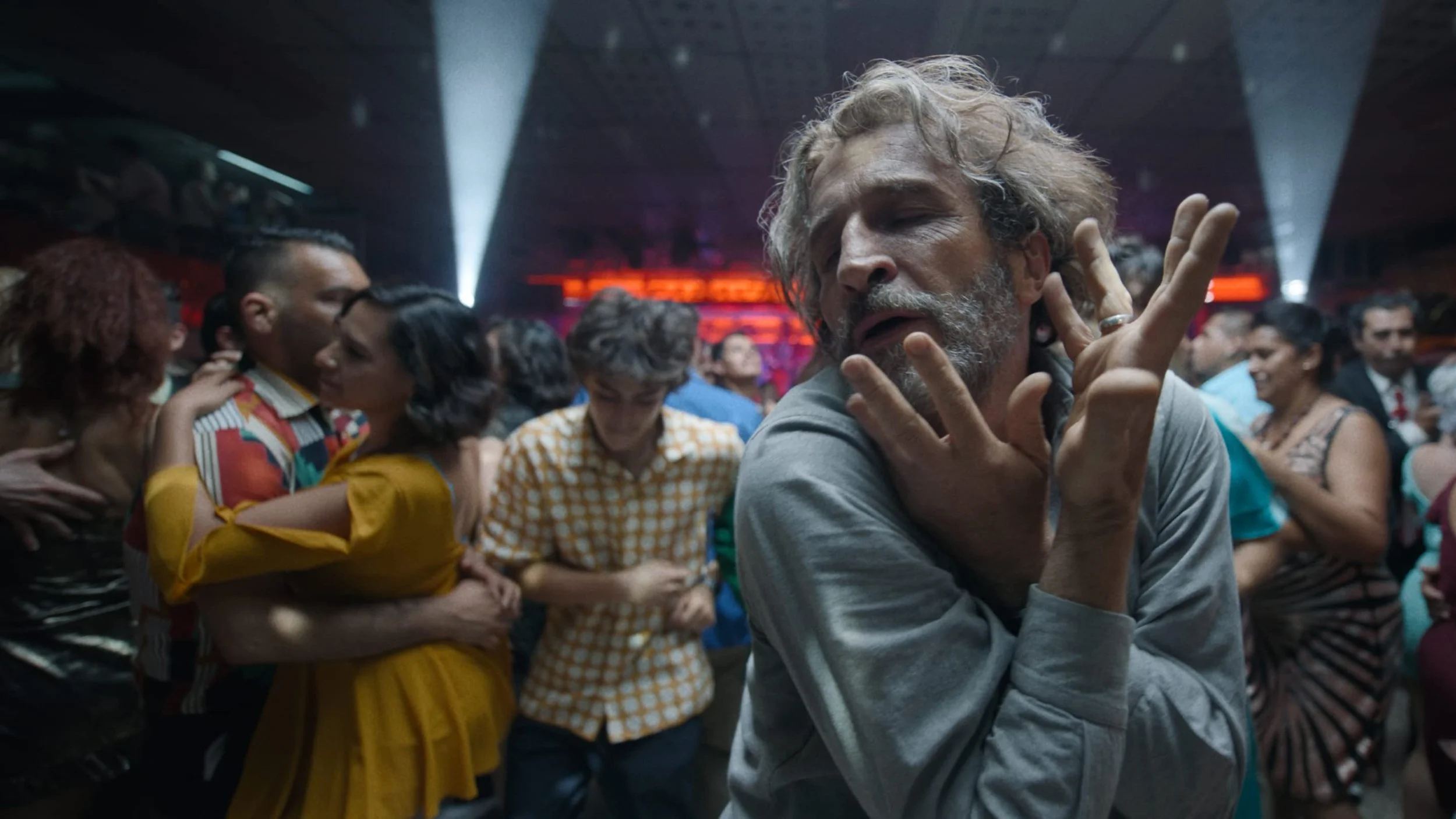‘BARDO, False Chronicle of a Handful of Truths’ Review: Iñárritu’s Most Self-Absorbed Work Yet
Alejandro G. Iñárritu’s latest film is an excessively self-indulgent piece that overcomplicates an extremely simple premise.
There is nothing more egregious than a filmmaker doing meta to their audience during the halfway point of the movie and pointing out why his film doesn’t work as if it’s some sort of clever or funny self-referential trick he’s doing for the audience to go “a-ha! He’s right!” This happens during Alejandro G. Iñárritu’s latest, BARDO, False Chronicle of a Handful of Truths. One of the characters criticizes the main protagonist, Silverio Gama’s (Daniel Giménez Cacho) documentary, stating that it’s nothing but pretentious drivel. But we soon realize he’s talking about BARDO, referring to specific sequences that occur at the movie's beginning. Iñárritu then proceeds to do a more pretentious drivel inside an excessively self-indulgent piece of work that never knows what it’s talking about and when it will end.
After a poor critical reception at numerous film festivals, Iñárritu cut 22 minutes of the film, which lasted a whopping 174 minutes. The new 152-minute cut, which is now playing in select theatres before hitting Netflix on December 16, doesn’t feel any shorter and is a big ask for a filmmaker who consistently presents pretty images that hold little to no substance at all. There are a lot of interesting sequences in BARDO, but none of them amount to anything tangible by the time it’s over. It’s as if Iñárritu wanted to do the next 8 ½, but Frederico Fellini’s masterpiece has huge thematic resonance and an overflow of analyses on its symbols and motifs present amongst its impeccable images and technical craft.
BARDO only has technical craft carrying most of the movie, with Darius Khondji’s cinematography being the major highlight of the picture. You would do yourself a disservice seeing his magnificent tableaux at home. This was a film crafted to be experienced on the big screen, and even if you may end up not liking it, Khondji’s work demands to be seen (and heard) in a cinema. There are a few sequences where Khondji’s images and the film’s meticulous sound design are intricately linked and produce near-masterpieces. One, in particular, where Silverio dances to a musicless version of David Bowie’s Let’s Dance, is a terrific masterclass in how well images marry the music on display and the best acting you’ll get in the film.
Giménez Cacho is fine as Silverio but doesn’t seem as committed to the material when he does dialogue scenes as when he starts to explore the world he inhabits in a trance-like state. It’s only when the movie ends that we understand why he is like that, and it’s heartbreaking, to boot. But his performance serves as a catalyst for other performers who consistently sleepwalk through Iñárritu’s amazingly pretty yet somewhat vapid world.
The rest of the movie is frustrating, to say the least. It’s a series of overlong sequences where Iñárritu shows his filmmaking skills but doesn’t hold our attention as much as the dance scene and the opening “battle,” which sets the stage for the type of surrealist fever dream the filmmaker wants to do. But he fails to establish something truly meaningful as soon as he mocks the audience for thinking that the film is nothing but pretentious claptrap and then continues to do nothing but pretentiously surreal claptrap. I rarely use the word “pretentious” in reviews, but Iñárritu directly states that his film is such and devoid of tangent meaning.
But BARDO isn’t devoid of meaning. Once the ending occurs, it’s not hard to understand the movie and why Iñárritu structured in a surrealistic format. And yet, something feels missing – our connection with the characters, throughout their journey, feels amazingly distant, especially with Silverio, who holds little to no attention to the viewer. Of course, that’s the point. There are no spoilers here, but once everything is revealed, it’s clear why he has that distance between the viewers, but the connection between the viewer and what Iñárritu presents doesn’t flow as effectively as he thinks it does.
And it doesn’t take long for the audience to drift away, especially when the movie reaches its tail end and Silverio goes to Los Angeles. This is where the movie truly loses its steam, as previous sequences hold our attention for how bemusing the whole thing is. The rest of the film, and it’s about a good forty-five minutes to an hour, is a complete slog. Many pretty images, yet very little emotional resonance or thoughtful themes that get explored in a compelling light. And this is where the movie's true nature gets revealed, which only falls flat on its face. Some will think it’s groundbreaking, but there’s nothing groundbreaking about a film that thinks it’s too smart for its audience that it feels the need to insult them and treat them like the dullards Iñárritu thinks they are.
It’s clear that Iñárritu is a gifted visual storyteller – his films 21 Grams, Birdman or (The Unexpected Virtue of Ignorance), and The Revenant are amongst the best visual-driven films we have. But BARDO, False Chronicle of a Handful of Truths is all style, no substance. Some will say that Iñárritu’s point is to show how awesome pretentious films can be, but he lacks the skill that the best “pretentious” filmmakers have, which is to convey meaning through images and sound. Iñárritu knows how to craft amazing images to observe on the big screen, but the “meaning” behind them is too surface-level to warrant an almost 160-minute-long runtime. There may be a good movie hidden underneath the film’s languishing pace, but Iñárritu will have to go back to the editing room, which is too little too late at this point.



